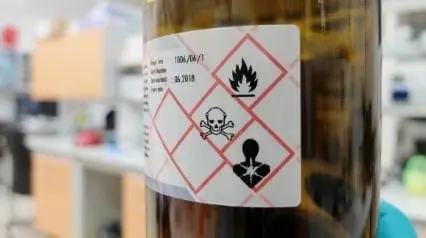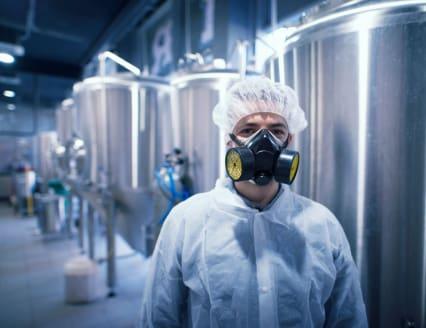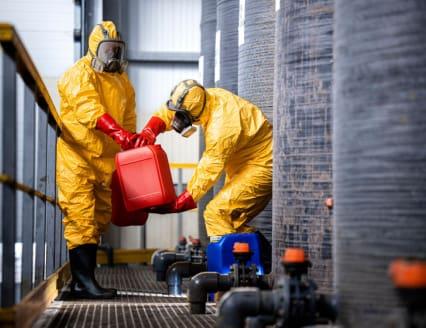What is Pyrophoric?
Pyrophoric is a property of certain materials or thermally unstable compounds that ignite spontaneously when they get in touch with the air. This spontaneous combustion can lead to fires and explosions, making pyrophoric materials dangerous to work with. Despite this danger, pyrophoric materials are important in a number of industries, including pharmaceuticals, agriculture, and aerospace. They are also used to create self-igniting devices such as fireworks and flares.
What are Examples of Pyrophoric Materials?
Pyrophoric materials are a subset of reactive materials that ignite spontaneously in the presence of air. The most well-known pyrophoric material is elemental phosphorus, which is used in flares and other incendiary devices. Other examples include:
- Sulfur
- Selenium
- Arsenic
- Antimony
- Bismuth
What is the Difference Between Flammable and Pyrophoric?
Though both may seem rather similar, they have very different properties. To better explain, let’s first go to flammable materials.
Flammable materials are substances that easily ignite and burn, such as paper, gasoline, or alcohol. Pyrophoric materials, on the other hand, are substances that ignite spontaneously in the presence of air.
Flammable substances carry their own hazards but they are not as dangerous as pyrophoric ones. Flammable objects and materials will ignite when exposed to a spark or flame, while pyrophoric items will burst into flames spontaneously in the presence of oxygen hence why safe handling must be observed due to them being very hazardous.
Which Metals are Pyrophoric?
It may not be common knowledge but there are various types of metals that are pyrophoric. These pyrophoric metals are a special category of metals that have an affinity for oxygen and react violently with air.
These metals have very specific industrial applications where their reactivity is an advantage. Some common pyrophoric metals include:
- Sodium
- Potassium
- Cesium
- Raney nickel
- Zinc dust
- Germane
Are Pyrophoric Materials a Health Hazard?
As dangerous as they may seem, pyrophoric materials on their own, and as long as they are properly contained, are not considered to be a health hazard in the sense that they do not release any harmful gases or particles.
It is essential to include a fire safety plan to ensure safety when working with pyrophoric materials so that you can assess any fire risk that can be present with their use in your workplace.
Create Your Own Fire Safety Plan
Eliminate manual tasks and streamline your operations.
Get started for FREEWhat Causes the Spontaneous Combustion of Pyrophoric Materials?
Pyrophoricity is caused by a material that reacts with oxygen to form an oxide. The oxide is unstable and reacts violently with water to produce heat and hydrogen gas.
To further explain, a material that is pyrophoric will spontaneously ignite in the presence of oxygen. The heat generated from the oxidation reaction is intense enough to cause the gasification of the surrounding water, leading to an extremely energetic and dangerous ignition.
Controlling the Hazards of Pyrophoric Materials
Remember that pyrophoric materials are very unpredictable so it is essential to always take proper safety precautions to control the hazards they may cause and avoid contributing to unsafe work practices. Below are some tips that can help:
1. Observe Safety Moments
Set aside time each day to observe safety moments to discuss any potential fire hazards that can cause it to ignite suddenly. Always keep in mind that preparedness is the key to a safe work environment.
2. Use and Store Appropriately
Pyrophoric materials should always be used and stored in appropriate containers and storage areas following safety guidelines.
3. Understand Hazard Control Measures
Be sure you understand the hazard control measures for pyrophoric materials. There are specific, recommended procedures for how to handle and store these materials safely.
4. Observe Proper Waste Disposal
Make sure to properly dispose of any pyrophoric materials. Do not contaminate bodies of water or the environment with these types of materials.
5. Wear Personal Protective Equipment
Personal Protective Equipment (PPE) is key in preventing any injuries while working with pyrophoric materials. This includes items such as chemical-resistant gloves, lab coats, masks, and goggles.



